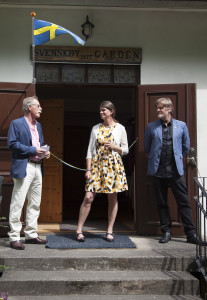The association Svenskbyborna produced a permanent exhibition in Svenskbygården, which was opened in June 2016. During 2015 Svenskbygården was rebuilt and adapted to a museum. There is now an exhibition, study room and a small café with patio.
The Swedish villagers originate from Gammalsvenskby in Ukraine. They were farmers from Dagö. In 1781, a thousand of them were forced to move to southern Russia, near the Black Sea. And they had to walk down to Ukraine and many died during almost the one year walk. Despite the promises of completed farms, there was only one piece of land by the Dnieper River when they arrived. The first few years were characterized by crop failure. Two years later, only 135 people were alive of the settlers from Dagö. They built up a Swedish village, kept their language and lived there for almost 150 years. After difficult times of world war, revolution, oppression and famine, the Swedish villagers were allowed to go home to Sweden. About one thousand villagers came to Trelleborg in Sweden on August 1, 1929.
The new exhibition gives a good insight into the Swedish villagers’ history and life in Gammalsvenskby. At the listener station hear old Swedish and Swedish villagers’ traditional songs and accent of their aincient accent of Swedish. The exhibition was produced by Sofia Hoas, Jörgen Hedman, researchers and writers produced the factual texts and Peter Knutas was the designer.
All texts in the museum are available in Swedish and English.
The association Svenskbyborna has produced the exhibition using funds from several private funds and foundations as well as dedicated members. The exhibition was inaugurated by Gotland Museum’s operations manager Lars Sjösvärd. The exhibition is dedicated to Karl-Olof Hina’s memory, honorary chairman and initiator of the exhibition.








